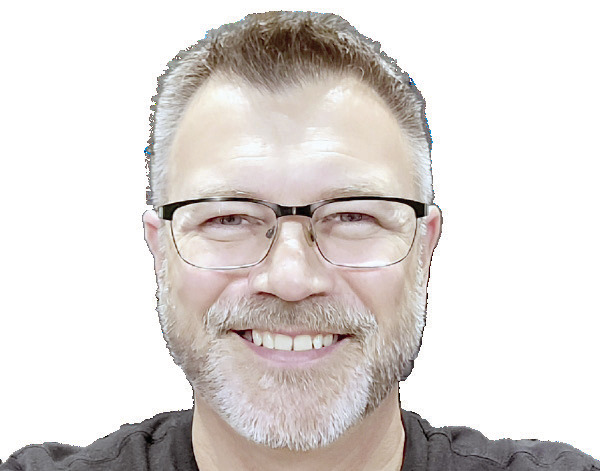Jeremiah Buntin: Passing through history
For those interested in history and genealogy, Missouri Digital Heritage is a great resource.
Located on the Missouri Secretary of State’s website, Missouri Digital Heritage contains access to collections from institutions across the state. From your digital device, you can view old plat maps, civil war journals, historic photos, and newspapers. There’s also a digital copy of the Goodspeed History of Newton, Lawrence, Barry, and McDonald Counties, Missouri published in 1888, which is the best source for early Barry County history. But the collection I use most is the Missouri Death Certificates.
In this collection, you will find a record of those who died in Missouri from 1910 until 1971. After 50 years, the death records are made public, so this collection grows on an annual basis. Besides date of birth and death, the certificate typically shows father’s name, mother’s maiden name, cause of death, birthplace and cemetery name, very useful information in genealogical pursuits.
The website also lets you sort by county of death and year, as well as first and last name. This can be useful if your great-grandmother remarried several times, and you don’t know under which name her death certificate was filed. A search of a particular county by year and first name may provide the answer. You also must be aware that the certificates are filed by place of death, not residence at time of death.
So, if grandpa lived at Wheaton but died at the hospital in Stella, then the death certificate would be in Newton County rather than Barry County. Or if grandpa died at the VA hospital in Fayetteville, then the death certificate would be filed in Arkansas rather than Missouri.
The death certificate collection also includes famous Missourians such as Laura Ingalls Wilder. But just as interesting as the famous are the forgotten. If you place the word “Unknown” in the last name search box you will receive 2410 results, meaning there were over 2400 unidentified bodies in Missouri between 1910 and 1971.
If you narrow the search to Barry County, you have 10 results. Many of these deaths seem related to the railroads.
In 1929 two unidentified young men were crushed to death by shifting pipe in a railroad car in Monett. They are buried in the IOOF cemetery in Monett. In 1912, a male about 18 years in age was crushed while attempting to board a train, buried in IOOF in Monett. That same year another unknown man was killed by a train and buried at IOOF in Monett. In 1913 an unknown man was found in straw stack. He was also buried at IOOF in Monett.
In 1911 a stranger staying at the Apple Hotel in Seligman committed suicide with his razor and was buried in the Seligman Cemetery. In 1924, another stranger was found “dead or dying” in Seligman. The cause of death was listed as exposure. He is buried in the Seligman Cemetery with Seligman Hardware Company acting as undertaker.
In 1923, an infant was found in a field near Monett after a hard rain. He was buried in the Pierce City Cemetery. The last from that time frame occurred in 1940, when an unknown infant was found and buried at the Paupers field at the County Farm in Cassville. A note with the death certificate from Monett undertaker and Barry County Corner Floyd Callaway states, “Investigation showed that the mother of this child strangled it to death and threw it in Flat Creek.”
It’s comforting to know that as the years progressed the instances of unidentified bodies showing up became less frequent. I would guess that improvement in detective skills and modern technology played a role, such as the ability to send news through radio waves.
Or, maybe the government just got better at keeping track of people to collect federal income tax after the 16th Amendment was ratified, plus the drafts from the World Wars, the Red Scare, and New Deal programs such as Social Security. But it also makes you wonder how many unknown deaths happened in the state before Missouri started keeping records, and all the other mysteries in our backyard.
Jeremiah Buntin is a historian at the Barry County Museum. He may be reached at jbuntin@barrycomuseum. org.




